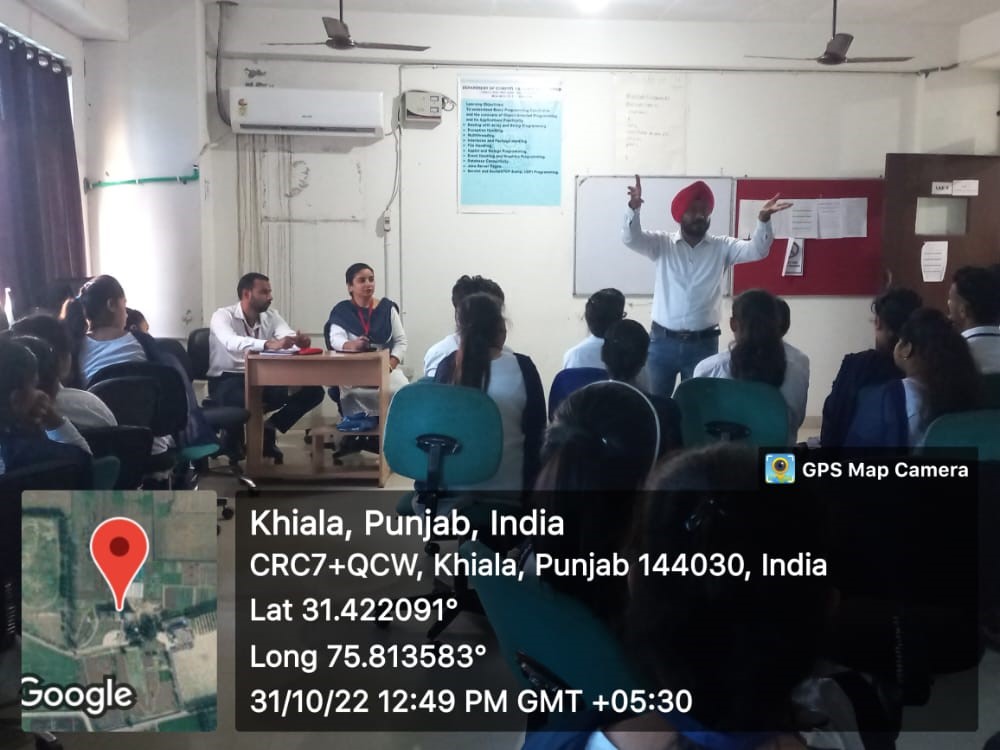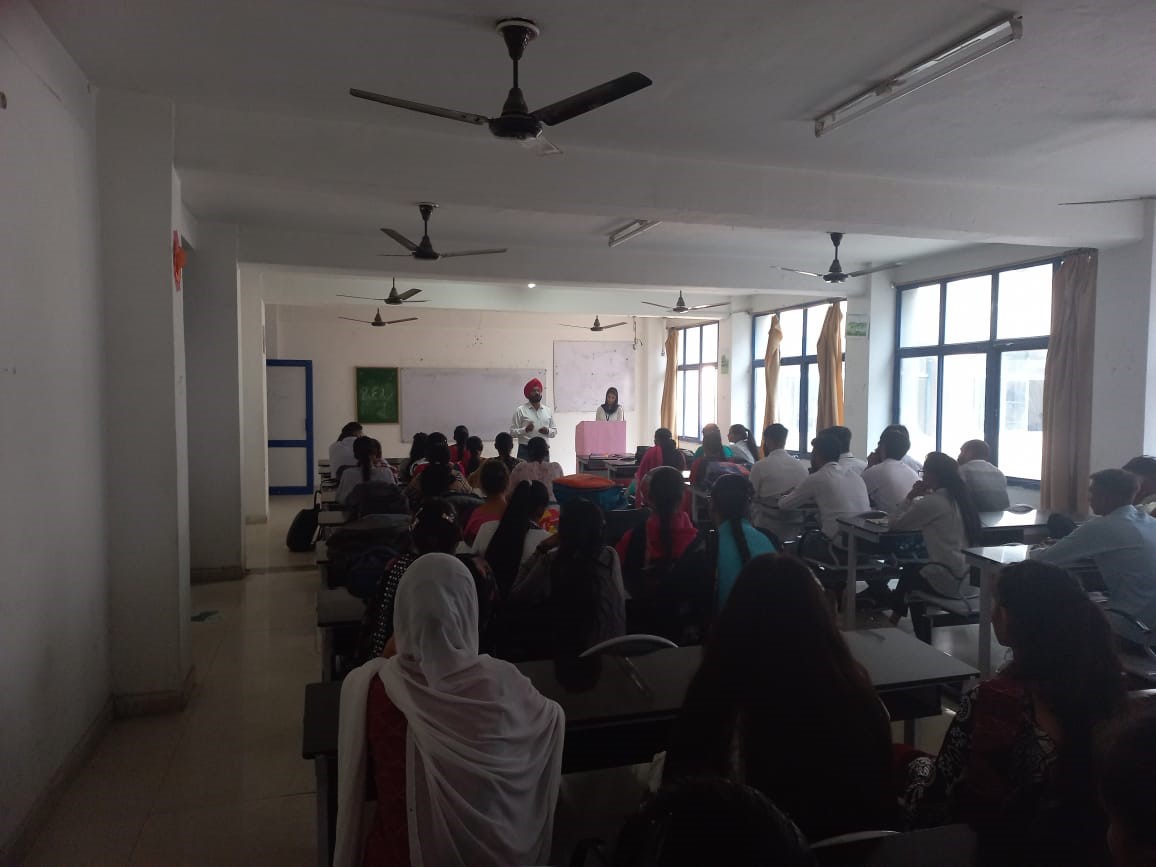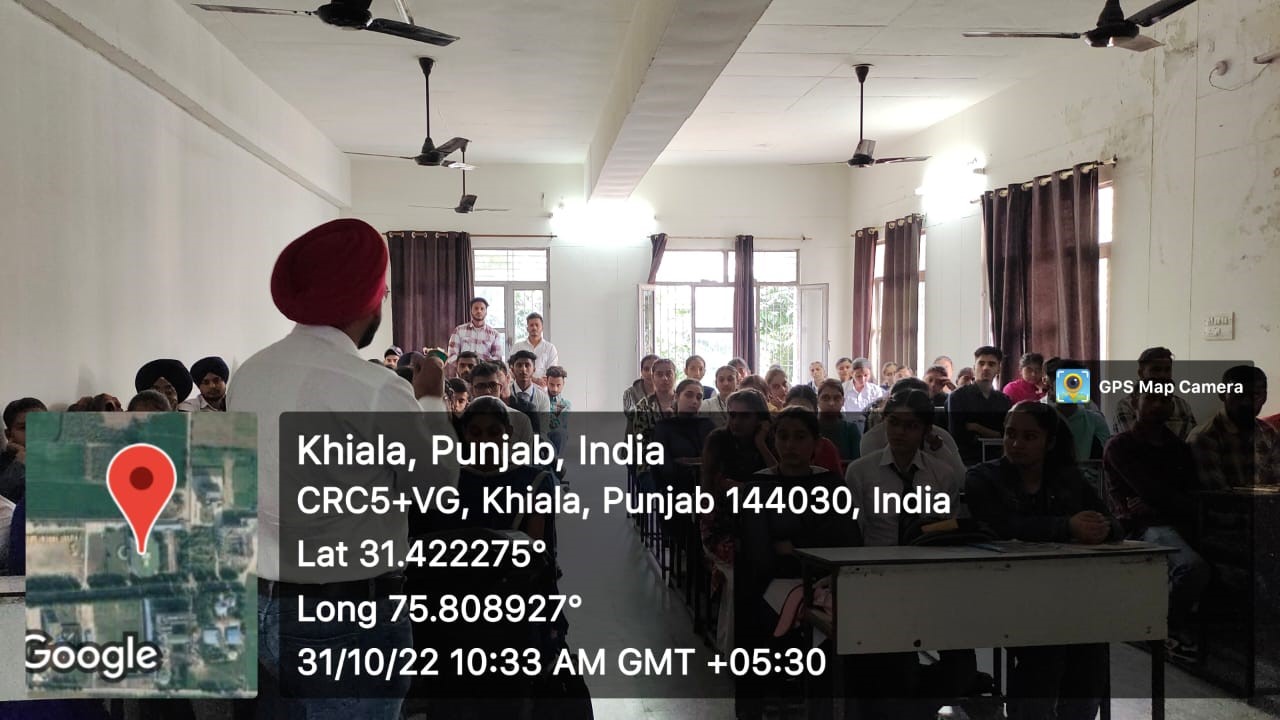Date:31-10-2022
Objectives:
-To familiarize the students with the global, regional, national, and local environmental factors that influence human health, including physical, chemical, and biological factors external to a person.
Highlights:
Student Council, SBBSU, organized an expert lecture on the topic “Environmental Determinants of Health”, on 31/10/2022. Approximately 83 million people still do not have adequate sanitation systems of which 15.6 million people still practice open defecation and 28 million do not have access to improve sources of safe drinking water, resulting in about 30 thousand preventable deaths each year. Hazardous chemical risks, such as exposure to toxic pesticides, lead, and mercury tend to disproportionally impact children and pregnant women. Exposure to toxic chemicals can lead to chronic and often irreversible health conditions such as neurodevelopment problems, and congenital defects and diseases associated with endocrine disruption. Environmental changes such as climate change increasingly have an impact on people’s health and well-being in the Region by disrupting physical, biological, and ecological systems globally. Extreme weather events have exacerbated food insecurity, air pollution, access to clean water, population migration and transmission patterns of vector-borne illnesses. The health effects of these disruptions may include increased respiratory, cardiovascular, and infectious disease; injuries; heat stress and mental health problems. Groups in situations of vulnerability to climate-related hazards, such as those living on small islands, are subject to a disproportionate risk due to the greater frequency and severity of extreme weather events and the elevation of sea level or communities living in mountains are subject to a disproportionate risk due to changes in river flows, alterations in flora and fauna, and the increased risk of rock landslides, avalanches, and floods due to melting glaciers and decreasing the layer of snow. The emergence of new environmental hazards, for example, electronic waste, nanoparticles, microplastics, chemicals that alter the endocrine system and water scarcity. Complex management challenges posed by interregional pollution (for example, cross-border air pollution and shared polluted basins). For the students, this expert lecture was a great learning opportunity





